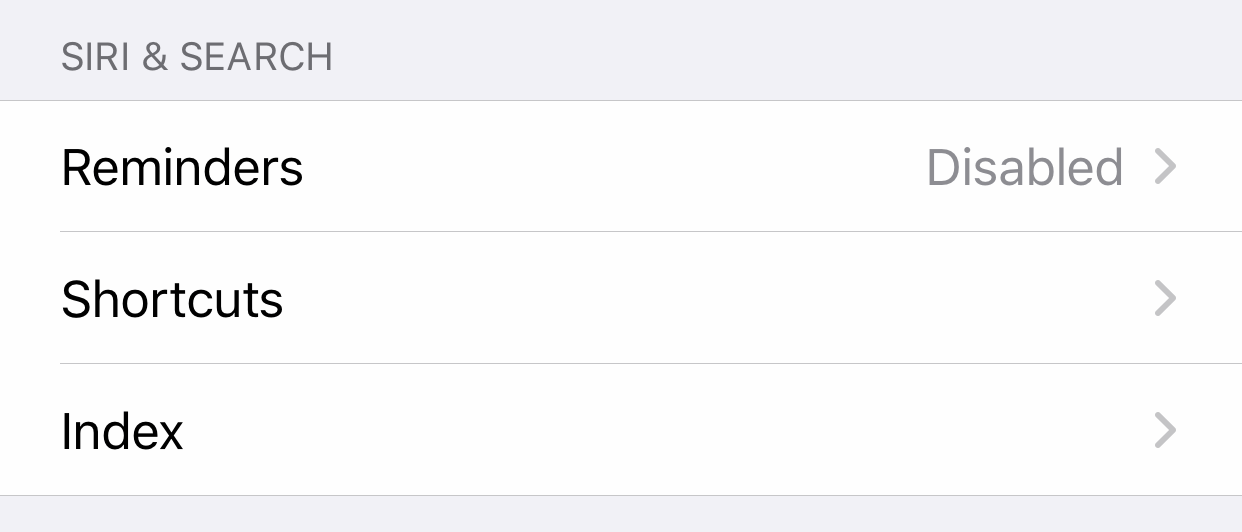
You can also open files straight from Siri, though in some cases you'll need to follow a link to Finder to see the complete results. Once you find what you want, be it a specific file or a baseball game schedule, you can pin the results to the Notification Center, as well as copy and paste or drag-and-drop them into a different app. Given that this is macOS, Siri has also been optimized to control the operating system itself, giving users the ability to search for files, change their settings and find out more about their machine (how much local and iCloud storage you have left, for instance).

Say, if I asked for dry cleaners in my neighborhood, I can then narrow my search to "only on 7th Avenue." Really, I'd expect no less of a digital assistant these days.
#How to shortcut reminders on mac sierra how to#
It makes sense that each has a keyboard command, and that they're similar - if you know how to do one, you basically know how to do the other.Īs you'd expect, Siri handles all the same commands that it does on iOS: searching the web, setting reminders, creating calendar events, composing emails and texts, etc., etc. Power users will notice that's very similar to the shortcut you'd use to bring up Spotlight search, which is command-space. Or - and this is my personal favorite - you can use the keyboard shortcut Fn-spacebar to bring it up without using your cursor. If you like, though, Siri also lives in the tray, in the upper-right area of the screen, right next to where the search bar already lives.
#How to shortcut reminders on mac sierra windows#
That lower-left corner is the same place we already expect to find Cortana on Windows 10. For starters, you'll find the familiar purple Siri shortcut in the Dock, right next to Finder. There are a few places where you can find Siri in macOS, and each feels intuitive.


 0 kommentar(er)
0 kommentar(er)
